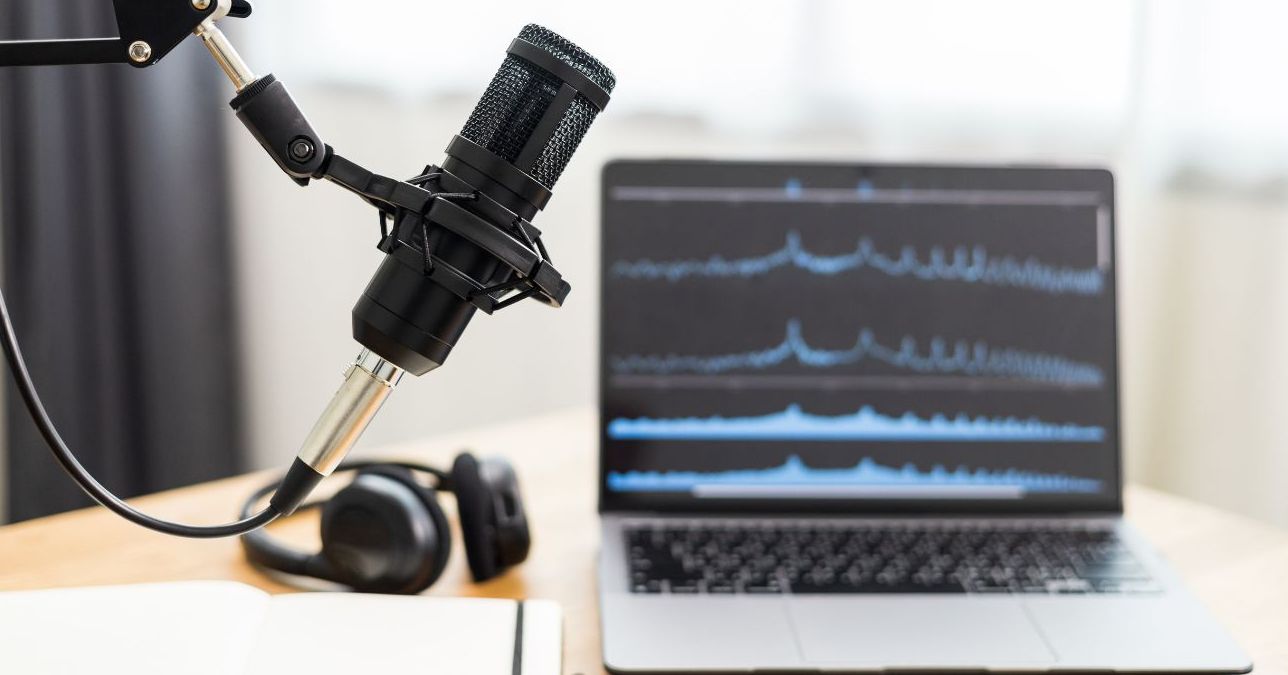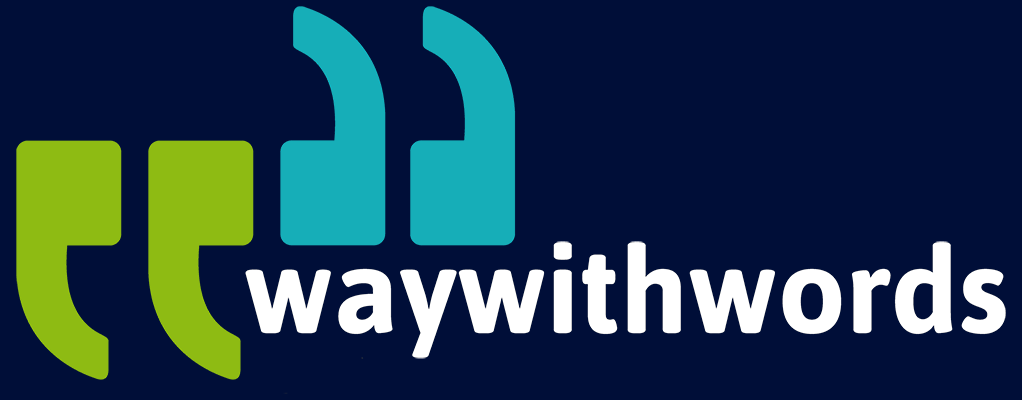Transcribing Overlapping Conversations: Techniques and Clarity in Multi-Speaker Audio
How do Transcription Services Handle Overlapping Conversations?
Overlapping conversations are among the most challenging aspects of producing accurate transcripts, particularly in environments where precise dialogue matters. Whether it’s a courtroom where every word holds weight, a high-stakes business meeting, a live media interview where media and journalism require accurate transcription, or a university focus group buzzing with ideas, these moments often include multiple voices speaking simultaneously. The result? Audio that’s difficult to hear, harder to separate, and often a puzzle to represent clearly in written form.
Why does this matter? Because transcription isn’t just about words—it’s about meaning, flow, and understanding. Legal transcripts must hold up under scrutiny. Business meetings rely on records for accountability and decision-making. Academics depend on transcripts to inform and support research findings. And in media, even a second of confusion can distort the message.
Clients regularly ask:
- How do transcription services manage when two or more people talk at once?
- Can software really understand overlapping voices clearly?
- Is there anything I can do to make my recordings easier to transcribe?
This short guide explores these concerns and outlines how transcription professionals—both human and AI-assisted—navigate the complicated task of overlapping speech.
Transcribing With Clarity, From Multi-Speakers to More
1. Understanding the Challenge of Overlapping Speech
When more than one person speaks at once, even for a moment, the quality of the recording becomes harder to follow. Overlapping speech causes partial sentences, dropped words, and confusion over who said what. What’s more, the louder speaker can often drown out the others, making some dialogue nearly impossible to recover.
In live settings, this might be manageable. But for a transcriptionist dealing with a recording—especially one with ambient noise or poor microphone placement—overlapping voices become a frustrating tangle. The transcriber may have to replay the section repeatedly, attempting to catch every word or nuance.
For automated transcription tools, overlapping speech poses even greater difficulty. Speech recognition systems are typically trained to process one speaker at a time. Multiple voices speaking simultaneously confuses the model, resulting in missed words or erroneous guesses.
Key points:
- Overlapping speech complicates sentence structure and understanding.
- Voices often blur, especially without clear speaker separation.
- Both humans and machines may need to replay segments multiple times.
2. Speaker Identification and Labelling
Correct speaker identification is a critical part of accurate transcription, especially when multiple people speak at the same time. A misattributed comment can cause misunderstanding or, in legal contexts, misrepresentation.
To navigate this, transcribers listen for distinct characteristics in each voice—tone, accent, volume, pacing. When names aren’t known, transcribers label each speaker with neutral identifiers like [Speaker 1], [Speaker 2], and so on. These labels are kept consistent throughout the document.
In automated transcription systems, speaker diarisation (the process of identifying who is speaking and when) is used. However, these systems may falter when voices overlap, guessing speaker identity incorrectly or not identifying all speakers.
Key techniques include:
- Assigning speaker IDs based on voice characteristics
- Using consistent labels across a transcript
- Timestamping complex or unclear exchanges for review
Key points:
- Speaker misidentification can lead to serious errors
- Manual tagging is often more accurate than automated diarisation
- Clear labelling supports reader comprehension
3. Human Expertise in Differentiating Speakers
Where machines falter, humans often shine. A trained transcriber brings with them not just hearing but interpretation. They pick up on pauses, intonation, interruptions, and even cultural nuances in speech. This allows them to make informed decisions about who’s speaking and what is being said.
They may also use contextual clues from the conversation to correctly attribute dialogue. For example, if a speaker references something only they would say (“As I mentioned earlier in the report…”), it helps clarify attribution. This level of understanding is still beyond most AI systems.
Key points:
- Skilled transcribers use logic and context to identify speakers
- Human intuition assists where automation is weak
- Manual review allows for correction of ambiguous or difficult sections

4. AI Limitations in Handling Overlapping Dialogue
Despite vast improvements in automated transcription software, overlapping dialogue remains a weak spot. Most speech-to-text engines are designed for clear, structured audio with single-speaker input. When presented with crosstalk, they often stumble.
Words can be omitted entirely. Lines can be fused together, making it seem like one person is saying everything. Or the software might guess incorrectly who is speaking, leading to attribution issues. Even punctuation suffers, disrupting the rhythm and clarity of conversation.
This is where hybrid transcription models come into play. These combine the efficiency of AI with the accuracy of human editing. The AI provides a draft, which is then cleaned up by a professional.
Challenges include:
- Voice blending and speaker confusion
- Misinterpretation of intent or tone
- Software limitations in recognising emotional cues or interruptions
Key points:
- Fully automated systems struggle with complex dialogue
- AI-generated transcripts often need human clean-up
- Hybrid models offer a strong balance of speed and accuracy
5. Using Dual-Channel Recording for Clarity
Dual-channel recordings are a game changer for transcription. Rather than mixing all voices into one channel, each speaker is recorded on a separate audio track. This separation allows for clean processing and makes it much easier to distinguish speakers, especially when their voices overlap.
Transcribers can solo each channel to isolate speech, remove noise, or clarify mumbled sections. Even when overlapping occurs, the separate tracks make it easier to transcribe accurately without loss of content.
Benefits include:
- Isolated speech improves clarity
- Greater control for post-recording editing
- More efficient transcription process
Key points:
- Ideal for interviews, legal proceedings, and podcasts
- Requires specific equipment or software
- Vastly improves multi-speaker audio transcription
6. Tips for Clients: How to Record for Better Transcription
You don’t need a studio to make a good recording—but a few proactive steps can make a world of difference. Better audio leads to faster, more accurate transcription.
Best practices include:
- Use lapel or directional microphones, especially in group settings
- Maintain a consistent distance from microphones
- Minimise background noise (fans, phones, rustling paper)
- Guide participants to speak one at a time, especially during Q&A
Key points:
- Audio quality directly impacts transcription accuracy
- Speaker discipline during recording helps tremendously
- Even smartphones can produce good audio with planning
7. Transcription Formatting for Overlapping Speech
Presenting overlapping speech on paper (or screen) is an art in itself. The format must be readable, accurate, and clear. A good transcription won’t just show the words—it will reflect how the conversation actually unfolded.
When multiple people speak at once, transcribers often use line breaks, brackets, and dashes to show interruption or simultaneous talk. These visual cues guide the reader through the flow of the conversation.
Example:
[Speaker 1] I think we should—
[Speaker 2] Wait, that’s not what—
[Both] —what we agreed on yesterday.
Key points:
- Clear formatting prevents confusion in reading
- Standardised notation is essential for accuracy
- Brackets and line spacing enhance understanding

8. Transcriber Tools for Handling Multi-Speaker Audio
Modern transcriptionists have a toolbox full of helpful software. From waveform visualisation to AI-supported speaker diarisation, these tools help identify, isolate, and transcribe overlapping voices more efficiently.
Some systems provide visual markers for speaker changes. Others allow users to manipulate audio playback speeds or focus on specific frequency ranges, making it easier to hear overlapping dialogue.
Tools include:
- Audio enhancement and noise-cancelling software
- Multi-channel waveform visualisers
- AI diarisation tools for speaker tagging
Key points:
- Tools speed up complex transcription tasks
- Visual aids help track overlapping voices
- The right software reduces listener fatigue
9. Industry Use Cases Where Overlapping Speech is Common
Certain professions and environments are prone to overlapping speech, often out of necessity. In legal contexts, witnesses, attorneys, and judges may talk over one another. In focus groups, participants may respond impulsively. In broadcast media, live panels can spark enthusiastic crosstalk.
Professionals working in these industries need transcribers who understand not just the speech but the context behind it.
Use cases:
- Legal: Transcripts for trials, hearings, depositions
- Academic: Interviews and roundtable discussions
- Media: Radio shows, podcasts, panel interviews
- Business: Strategy meetings, AGMs, brainstorming sessions
Key points:
- Context determines transcription style and formatting
- Some environments require verbatim transcription
- Industry-specific knowledge boosts accuracy
10. The Future of Overlapping Speech Transcription
Speech recognition technology is improving, particularly in areas like speaker separation and real-time transcription. But true accuracy with overlapping speech still requires a human touch.
Researchers are exploring advanced machine learning techniques, including voice fingerprinting, to improve speaker identification. Others are developing better diarisation models that can separate overlapping voices more effectively.
Still, even the best systems today can’t replace the adaptability of human transcriptionists. For now, the most reliable results come from combining AI speed with human judgement.
Developments to watch:
- Neural network-based diarisation
- Real-time multi-speaker captioning
- Tools integrating transcription with meeting summaries
Key points:
- Tech is improving but not perfect
- Human input ensures accuracy and nuance
- The future is likely hybrid
Key Tips for Handling Overlapping Speech in Transcription
- Invest in microphones that isolate voices and reduce interference.
- Opt for dual-channel recording where possible.
- Prepare speakers with guidelines on turn-taking.
- Choose a transcription provider experienced with multi-speaker content.
- Review transcripts for flagged unclear sections and seek clarification if needed.
Overlapping speech may be a natural part of conversation, but it poses very real challenges for those trying to turn spoken words into structured, usable text. From courtroom exchanges to group discussions and energetic interviews, these moments demand accuracy, context, and careful handling.
By using smart recording techniques, choosing experienced providers, and understanding how transcriptionists tackle these issues, you can ensure better transcripts—even from tricky audio.
In short: clarity begins long before transcription starts. Think about your recording setup, be mindful of how your speakers engage, and choose a service that doesn’t just transcribe—but interprets with care.
Further Transcription Resources
Transcription Overlapping Speech Resource: Dialogue (Wikipedia) – Explores the structure of spoken conversation, including interruptions and overlapping speech patterns.
Multiple Speaker Transcription Resource: Way With Words: Transcription Services – Way With Words employs advanced technology and highly skilled transcribers to overcome common challenges in transcription, ensuring that clients receive accurate and reliable transcripts regardless of the complexity of their audio files.
